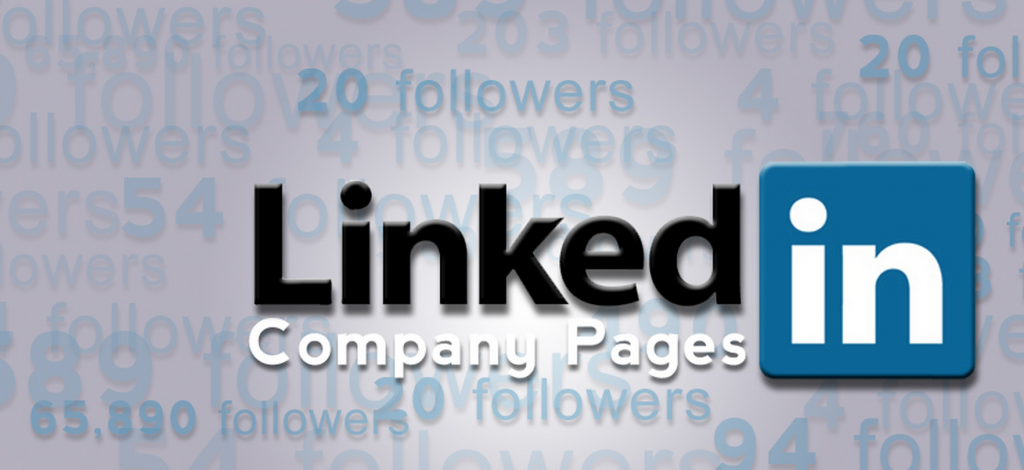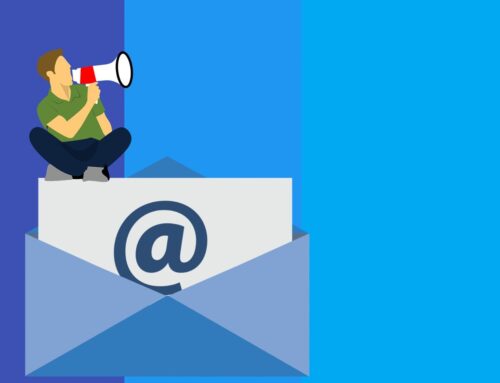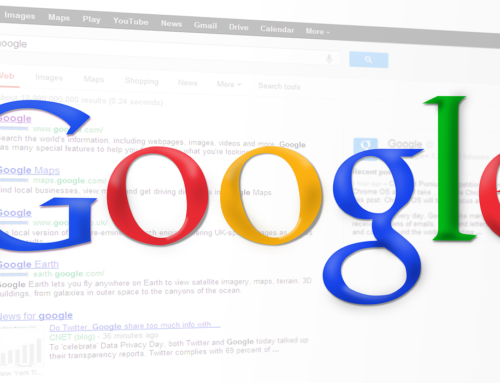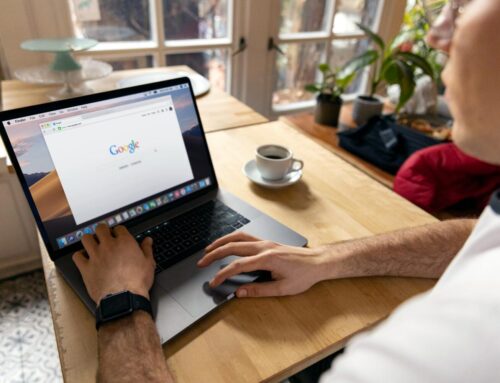 LinkedIn is one of those social media platforms that you either love or hate. There is generally no middle ground. However, having a LinkedIn for Business page is essential to your company, especially if you are focused on developing B2B relationships. There is no better social media platform to connect with potential customers.
LinkedIn is one of those social media platforms that you either love or hate. There is generally no middle ground. However, having a LinkedIn for Business page is essential to your company, especially if you are focused on developing B2B relationships. There is no better social media platform to connect with potential customers.
LinkedIn calls itself the world’s largest professional network. LinkedIn launched, to little fanfare and with a slow start, in 2003. In 2004, they implemented address book connections, and their growth skyrocketed. In 2005, with over 1,600,000 members, LinkedIn’s founders began to monetize the site. By 2006, their membership had tripled, and they began to see a profit.
Today, LinkedIn boasts 380,000,000 users, and they gain two users per second. 107,000,000 of those users are in the United States. No other social media platform can put your business in front of as many people who can make decisions about purchasing and service providers. Having a LinkedIn for Business page allows you to connect with those decision makers who are interested in your product and service, and give them the type of information they need to assist them in making the decision about doing business with you.
Need some more statistics about this business-focused social media platform? The average CEO has 930 connections, so if he likes or shares your LinkedIn Business page’s status, that’s a pretty hefty share (click to Tweet). We say “he” because 59% of LinkedIn users are male, but women are joining in increasing numbers (click to Tweet). Often, those women own their own companies, so they are the decision makers.
A personal LinkedIn profile is limited to 30,000 connections. Your LinkedIn for Business page doesn’t have that kind of limitations. Further, when John Smith, who is connected with you personally on LinkedIn, clicks on your profile, he doesn’t see your updates. He sees your skill list, organizations, and even groups or business pages you follow, but he only sees your updates if they go through his timeline. On a LinkedIn for Business page, recent updates are shown, which means John Smith will not only see your last update, which just crossed his timeline, but the one you posted earlier in the week, when he was in a meeting. This is huge, considering only about 9% of LinkedIn users access the social media platform during business hours (click to Tweet).
Creating your LinkedIn for Business page is pretty straightforward.
- You’ll need to have your business email attached to your account (you can still have your personal email attached to your account, too).
- Then, you can log in using your business email, and create a LinkedIn for Business page.
- You can create your information sections using your company’s mission statement and even upload your logo.
An added advantage of having a LinkedIn for Business page is the opportunity to post job openings. LinkedIn is, after all, the social media platform of choice for job hunting. As your company grows, you’ll be able to fill positions by posting your job listings on your LinkedIn for Business page, increasing the chances of hiring the perfect person, while decreasing the amount you spend to find that person.
A LinkedIn for Business page is essential for every business, but it’s even more important if you’re focusing on building a B2B customer base. Adding LinkedIn to your social media strategy will bring you great, long term results!





